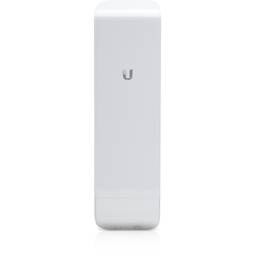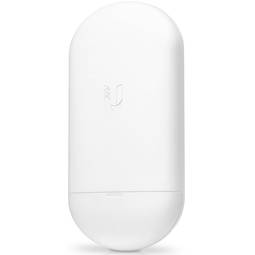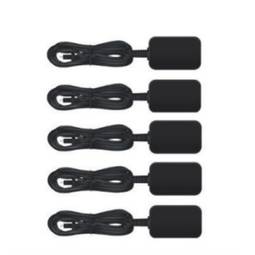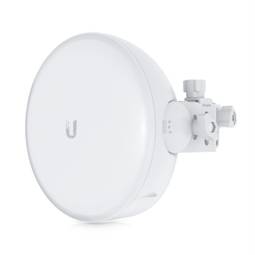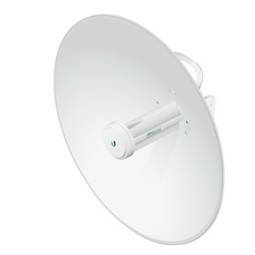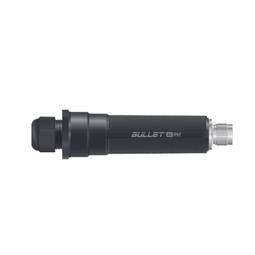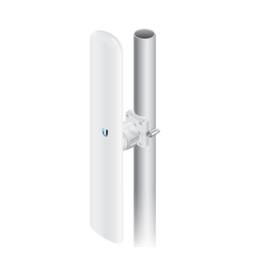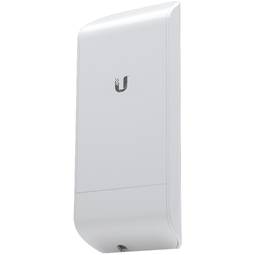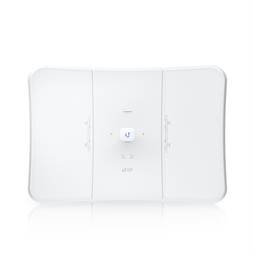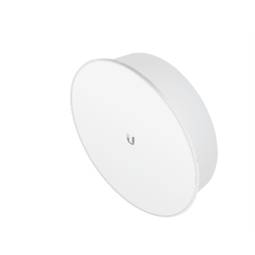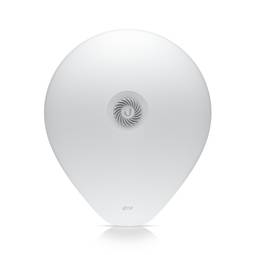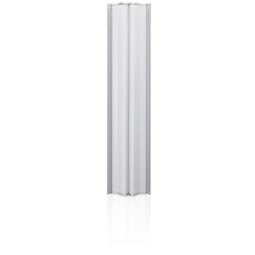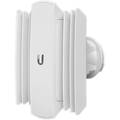07/24/2025 9:05 a.m.
https://cablematic.com/en/products/ubiquiti-airmax-antenna-for-isostation-and-prismstation-horn-5-90-UI194/
https://cablematic.com/en/products/ubiquiti-airmax-antenna-for-isostation-and-prismstation-horn-5-90-UI194/
Ubiquiti Airmax antenna for Isostation and Prismstation HORN-5-90
REF: UI194
Specifications
- Ubiquiti Networks HORN-5-90
- Antenna gain (max): 13 dBi
- Band frequency: 5.15 - 5.85 GHz
- Horizontal Beam Width: 90°
- Antenna Type: Horn Antenna
PVP
€78.13
Price including VAT:
€78.13
PVD
€75.13
PVP: Retail price.
Check conditions.
PVP: Sale price to distributors.
Check conditions.
Buy before:
Receive it:
6 business days
Delivery times are approximate. Cablematic is not responsible for delays.
warranty
returns
safe
Specifications
- Ubiquiti Networks HORN-5-90
- Antenna gain (max): 13 dBi
- Band frequency: 5.15 - 5.85 GHz
- Horizontal Beam Width: 90°
- Antenna Type: Horn Antenna
More info
Dual polarized Ubiquiti horn antenna with a maximum gain of 13 dBi. It is designed to operate in a frequency range between 5.15 and 5.85 GHz, with a horizontal beam angle of 90° and a Voltage Standing Wave Ratio (VSWR) of 2:1. Its size is 152.1 mm wide, 113.2 mm deep and 186.8 mm high. These antennas are sold individually. Manufactured by Ubiquiti with reference HORN-5-90.
Specifications
Specifications
- Ubiquiti Networks HORN-5-90
- Antenna gain (max): 13 dBi
- Band frequency: 5.15 - 5.85 GHz
- Horizontal Beam Width: 90°
- Antenna Type: Horn Antenna
- Polarization: Dual Polarization
- Voltage Standing Wave Ratio (VSWR): 2:1
- Width: 152.1mm
- Depth: 113.2mm
- Height: 186.8mm
- Quantity per package: 1 pc(s)
- Ubiquiti manufacturer reference: HORN-5-90
- Ideal for improving the wireless signal in open environments, high-gain wireless connections, WISP networks, etc.
- Compatible with Ubiquiti 5GHz wireless radio equipment.
- RP-SMA connector.
- High performance horn design, with up to 13 dBi gain.
- White color.
- 802.11a/n technology.
- Gross Weight: 1.0 kg
- Number of packages: 1
- Master-pack: 1
Technical terms
- Hz
- dBi
Hz
One hertz is one cycle per second, meaning repeating cycle as an event. For example, hertz is applied physics measuring the number of times for a second wave (either acoustic or electromagnetic) is repeated or can be applied, among other uses, to ocean waves that reach the Beach vibrations per second or a solid. The quantity that measures the frequency hertz is called,in this regard, the inverse of the period. One hertz is an oscillation frequency of suffering a particle over a period of one second.





